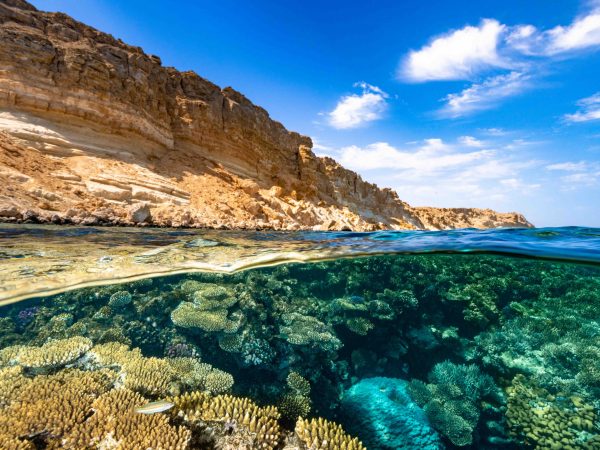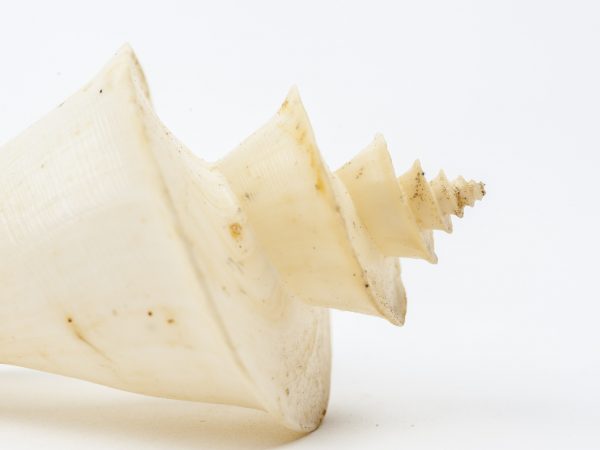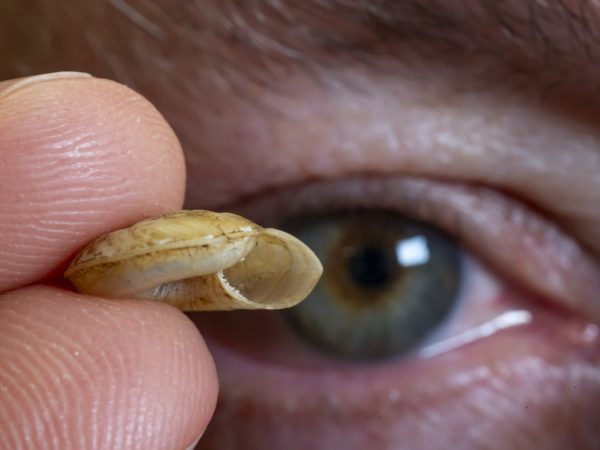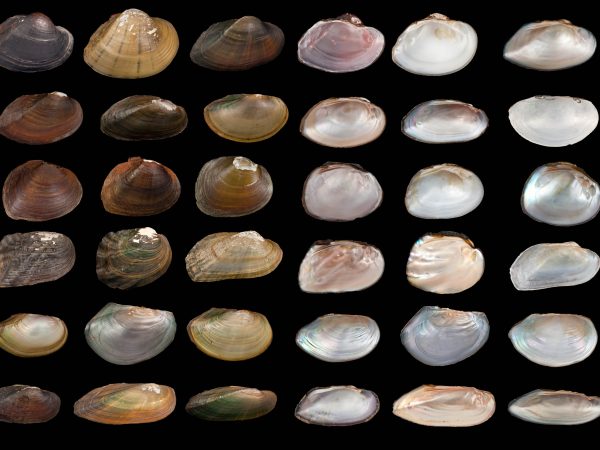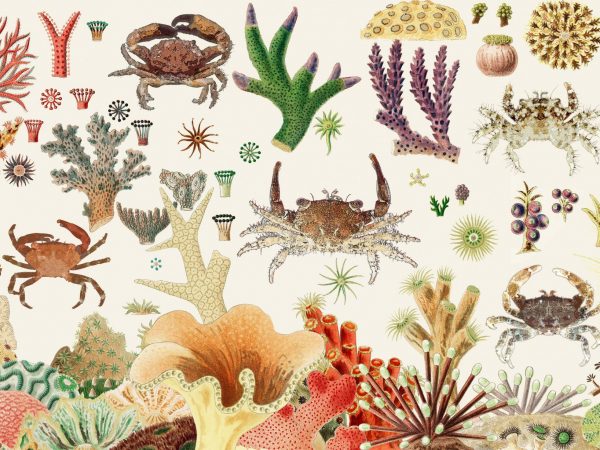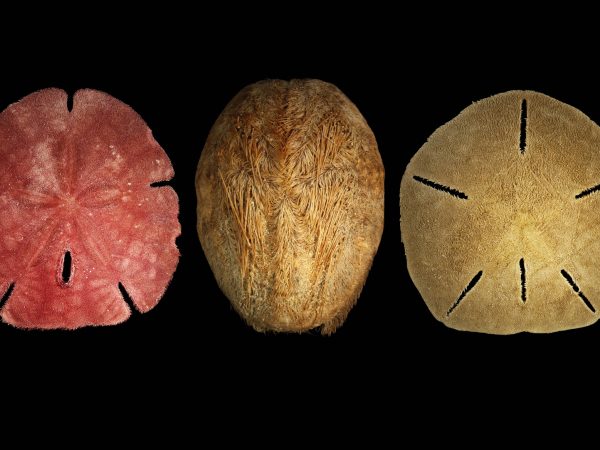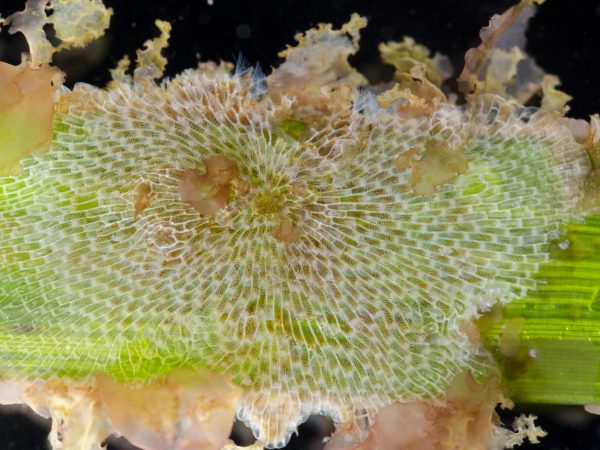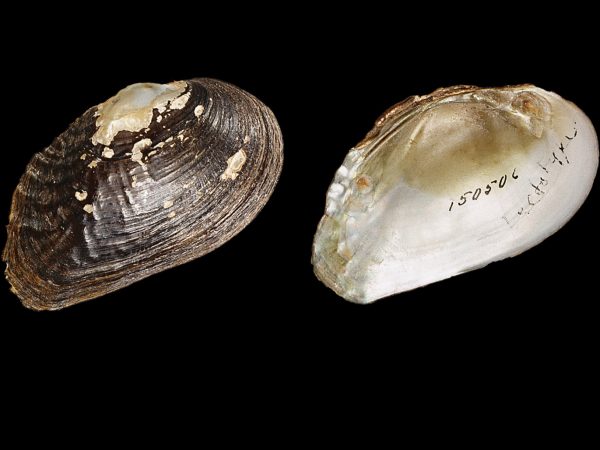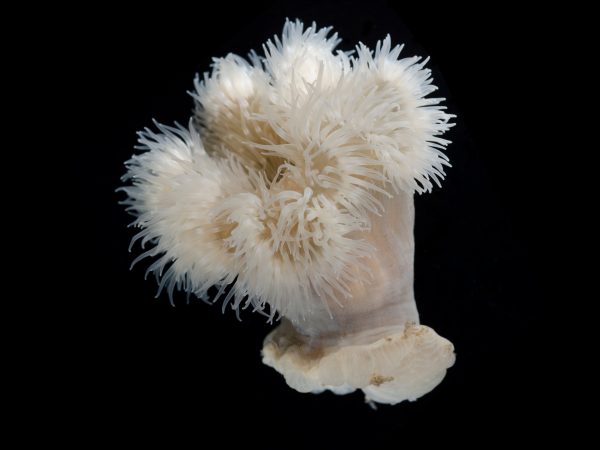A natural history of the Red Sea and the uncertain future of its corals
Early in May 2023, a small team of marine biologists arrived in the Saudi Arabian city of Jeddah. They’d flown…
Read More
The immense journey: The life of Harry Lee, in the words of those who knew him
In his book, “The Immense Journey,” anthropologist Loren Eiseley wrote, “If there is magic in this world, it is contained…
Read More
Nine new snail species discovered in Papua New Guinea, a biodiversity hot spot at risk
Nine new species of carnivorous land snails have been found in the remote forests of Papua New Guinea, a biodiversity…
Read More
Scientists create 3D models of freshwater mussels to help save them from extinction
Scientists and imaging specialists have teamed up to help save one of the world’s most endangered groups of animals: freshwater…
Read More
Scientists discover hidden crab diversity among coral reefs
The Indo-West Pacific is the largest, most biodiverse marine ecosystem on Earth, and many of the species it supports have…
Read More
Sea urchins keep on trucking while other marine life languishes in the Florida Keys
In the summer of 2020, Florida Museum researchers Tobias Grun and Michał Kowalewski dove into the shallow waters off the…
Read More
The Florida Museum of Natural History opens state-of-the-art collections building
The Florida Museum of Natural History is expanding this month with the opening of a state-of-the-art special collections building on…
Read More
Good parenting evolved multiple times in moss animals
The spindly filaments and coral-like colonies of the ancient phylum of marine animals known as bryozoans likely aren’t the first…
Read More
Florida freshwater mussel gets protected habitat thanks to museum collections
The U.S. Fish and Wildlife Service has designated 190 miles of streams and rivers in Florida and Georgia as critical…
Read More
Giant sea anemone eats ants
Sea anemones are soft-bodied, underwater predators known for their bright colors, flowerlike arrangement of tentacles and the tendency to eat…
Read More
